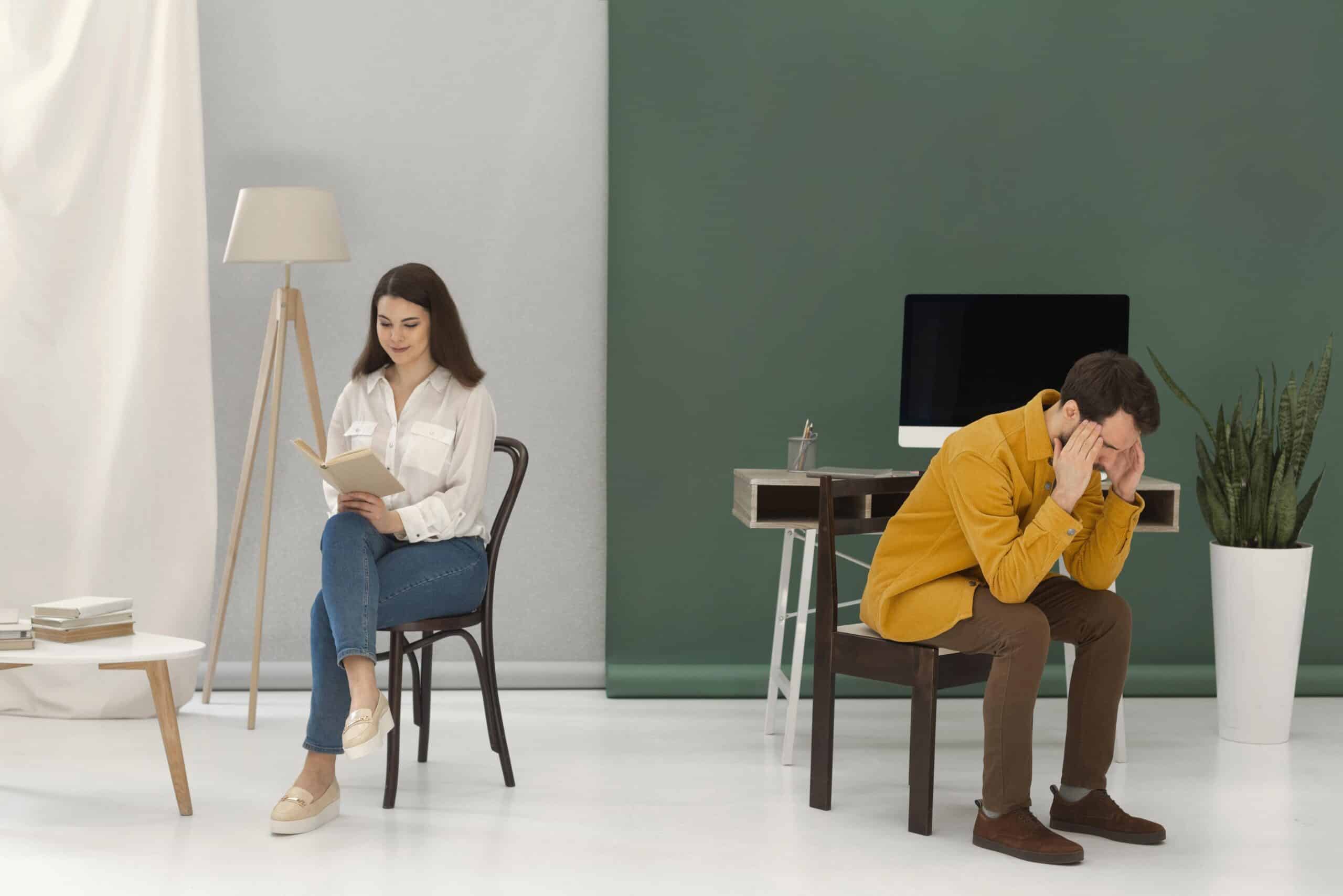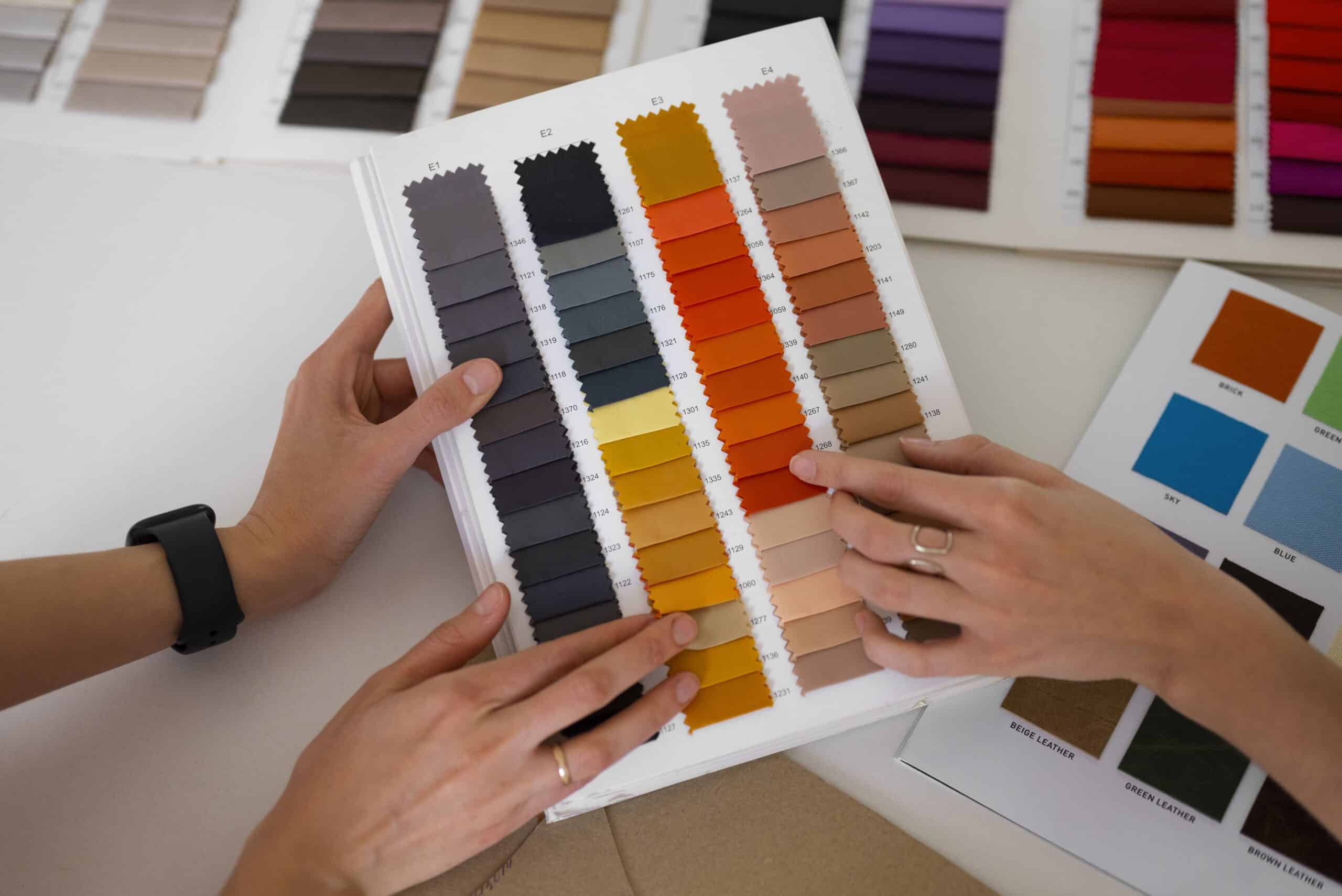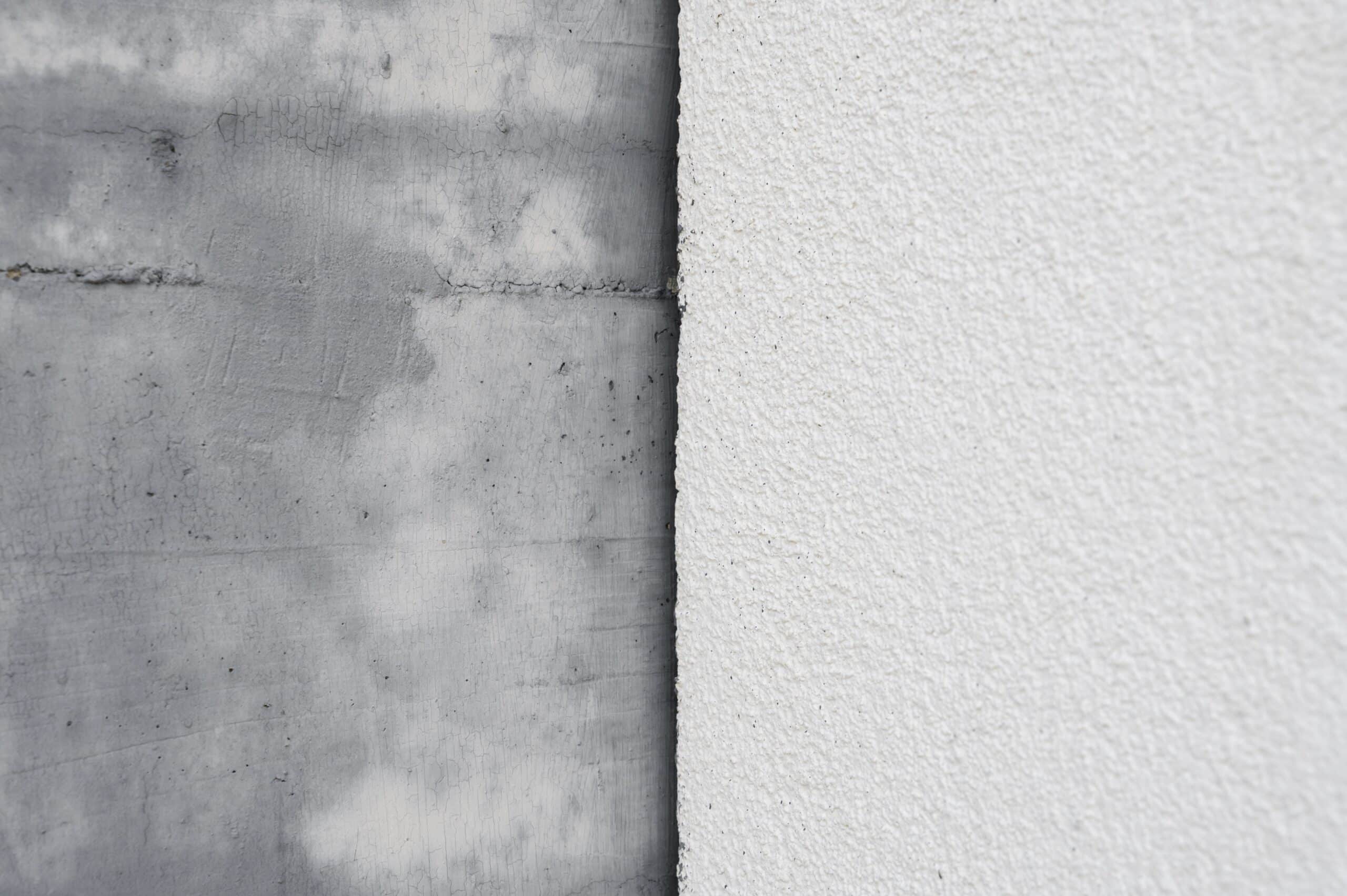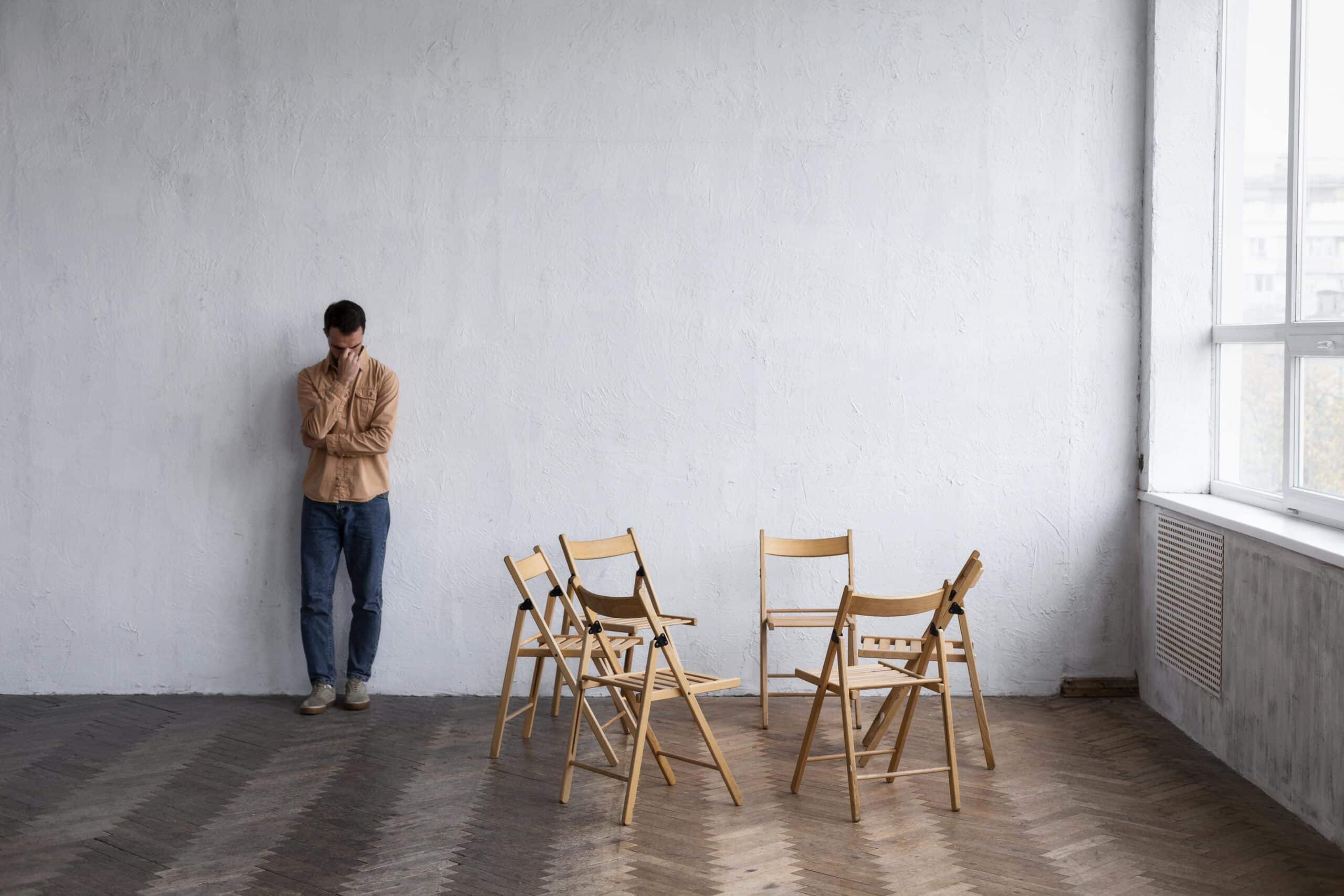
Top Interior Design Mistakes to Avoid for a Polished Look
Interior design is an intricate balance between aesthetics and functionality, where each decision impacts the overall harmony and usability of a space. Even minor missteps can disrupt the flow and feel of a room. To help you achieve a polished and cohesive look, here are some common interior design mistakes and how to avoid them.
1. Ignoring the Functionality of the Space
Mistake: Focusing solely on aesthetics can lead to spaces that are visually appealing but impractical for daily use.
Solution: Start with a clear understanding of the room’s purpose. For instance, a living room should accommodate both relaxation and social interaction. Ensure there’s enough seating for family and guests, and that the layout facilitates conversation. In a kitchen, prioritize workflow efficiency by positioning the sink, stove, and refrigerator in a triangular formation. Functional design ensures that beauty doesn’t come at the cost of usability.

2. Poor Lighting Choices
Mistake: Relying on a single source of light or using overly bright, harsh lighting can create an uncomfortable environment.
Solution: Implement a layered lighting strategy. Combine ambient lighting (general illumination), task lighting (focused light for specific activities), and accent lighting (highlighting architectural features or artwork). Use dimmers to adjust light levels according to mood and activity. For example, in the living room, you might use a central chandelier for ambient light, table lamps for task lighting, and wall sconces for accent lighting. This approach ensures a versatile and inviting space.

3. Choosing the Wrong Size Furniture
Mistake: Furniture that doesn’t fit the scale of the room can either overwhelm the space or make it feel sparse and disconnected.
Solution: Measure your space meticulously before purchasing furniture. In a small room, opt for multi-functional pieces, like a sofa with hidden storage or a dining table that doubles as a workspace. In larger rooms, create distinct zones with appropriately sized furniture. Ensure there is sufficient space around each piece to maintain a comfortable flow. Using furniture that matches the room’s scale creates a balanced and harmonious environment.

4. Clashing Color Schemes
Mistake: Using too many colors or colors that don’t harmonize can result in a chaotic and disjointed look.
Solution: Develop a cohesive color palette based on the 60-30-10 rule: 60% dominant color, 30% secondary color, and 10% accent color. For example, in a living room, the walls might be a soft beige (60%), the furniture a calming blue (30%), and the accessories a vibrant yellow (10%). This method ensures that colors complement rather than compete with each other, creating a unified and pleasing aesthetic.

5. Neglecting the Importance of Texture
Mistake: Overlooking texture can leave a room feeling flat and uninteresting.
Solution: Integrate a variety of textures to add depth and interest. Combine smooth surfaces like polished wood or glass with rough textures like woven fabrics or natural stone. For instance, pair a sleek leather sofa with a chunky knit throw and a rustic wooden coffee table. Mixing textures enhances the tactile experience of the room and adds visual intrigue.

6. Overcrowding the Space
Mistake: Filling every inch with furniture and decor can make a room feel cramped and cluttered.
Solution: Embrace negative space. Prioritize quality over quantity by selecting a few impactful pieces rather than numerous smaller ones. In a bedroom, for example, focus on a statement bed and minimal bedside tables rather than overcrowding with excessive furniture. Allowing space for movement and visual breathing room makes a space feel more open and inviting.
7. Ignoring Proportion and Scale
Mistake: Disregarding proportion and scale can lead to awkward and unbalanced designs.
Solution: Ensure that all elements in a room relate well to each other in terms of size. A large sectional sofa in a small room will dominate the space, while a tiny rug under a king-sized bed will look out of place. In a dining room, the size of the table should match the dimensions of the space, allowing for comfortable movement around it. Proportionate design fosters a sense of balance and harmony.

8. Lack of Personalization
Mistake: A home that looks like it’s straight out of a catalog can feel impersonal and generic.
Solution: Infuse your personality into the design. Display family photos, travel souvenirs, and heirlooms that tell your story. Customize pieces where possible, like reupholstering a vintage chair in a fabric that resonates with you. Personal touches not only make a space feel unique but also create a deeper emotional connection to your home.
9. Overlooking the Details
Mistake: Neglecting small details like hardware, trim, and accessories can leave a room feeling incomplete.
Solution: Pay attention to the finishing touches. Update outdated hardware with modern alternatives, add decorative trim to plain walls, and thoughtfully select accessories that enhance the overall design. For instance, in a kitchen, changing cabinet knobs and adding a stylish backsplash can significantly elevate the space. Attention to detail ensures a polished and cohesive look.
10. Failing to Create a Focal Point
Mistake: Without a clear focal point, a room can lack direction and interest.
Solution: Establish a focal point to anchor the room. This could be a striking piece of art, a dramatic light fixture, or a fireplace. Arrange furniture and decor to highlight this feature. In a living room, position seating to face a beautiful view or a statement fireplace. A well-defined focal point draws the eye and creates a sense of purpose in the space.
Conclusion
By avoiding these common interior design mistakes, you can transform your home from ordinary to extraordinary. A well-designed space seamlessly blends functionality with aesthetics, ensuring both comfort and style. Whether you’re designing a cozy apartment in the heart of Dubai or a luxurious villa on the outskirts, these tips will help you achieve a polished and cohesive look. Remember, successful interior design is about creating spaces that reflect your personality while meeting your practical needs.